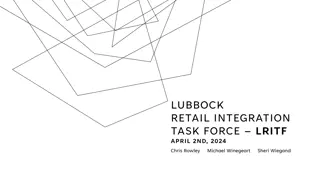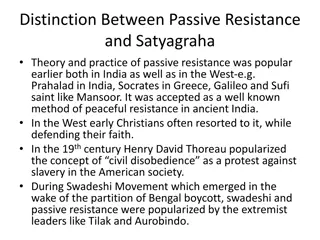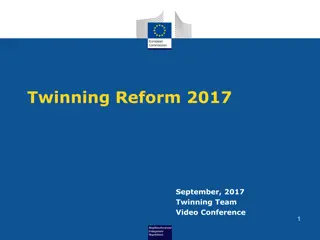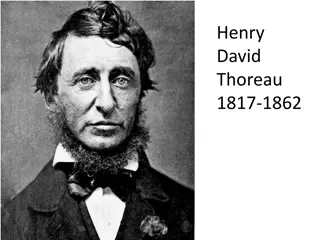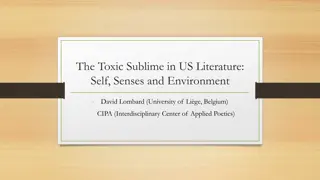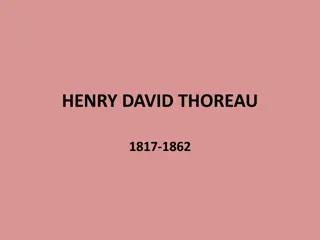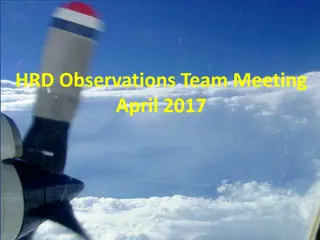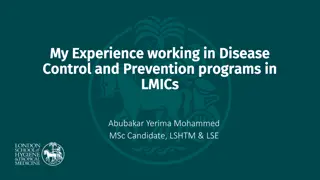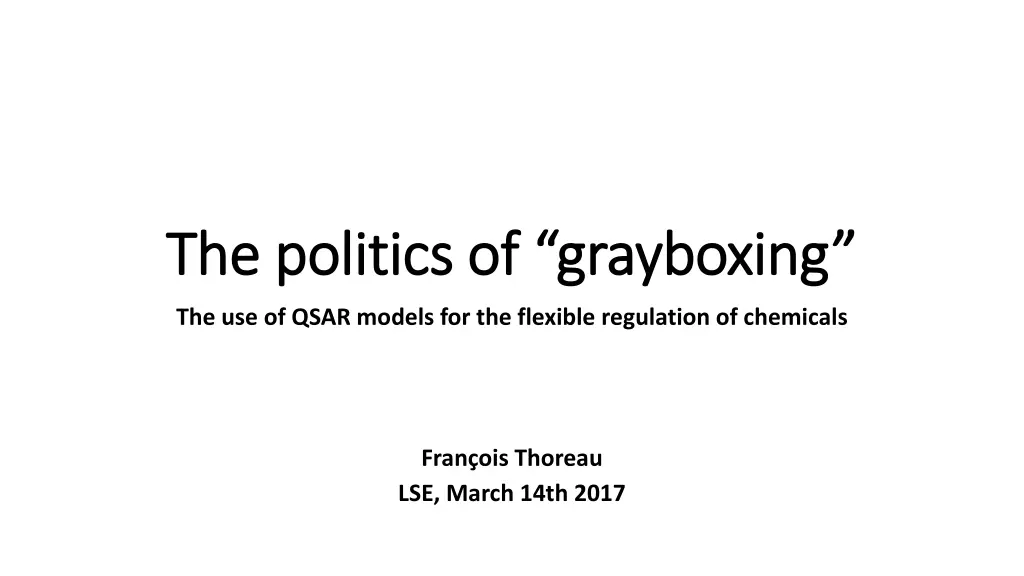
Understanding QSAR Models in Chemical Regulation
Explore the significance of Quantitative Structure-Activity Relationship (QSAR) models in flexible chemical regulation, their main hypotheses, relevance in the regulatory landscape, and key elements for making QSAR workable.
Download Presentation

Please find below an Image/Link to download the presentation.
The content on the website is provided AS IS for your information and personal use only. It may not be sold, licensed, or shared on other websites without obtaining consent from the author. If you encounter any issues during the download, it is possible that the publisher has removed the file from their server.
You are allowed to download the files provided on this website for personal or commercial use, subject to the condition that they are used lawfully. All files are the property of their respective owners.
The content on the website is provided AS IS for your information and personal use only. It may not be sold, licensed, or shared on other websites without obtaining consent from the author.
E N D
Presentation Transcript
The The politics politics of of grayboxing grayboxing The use of QSAR models for the flexible regulation of chemicals Fran ois Thoreau LSE, March 14th 2017
What are QSAR models? Quantitative Structure-Activity Relationship Predictive models Main hypothesis: the biological activity (the toxicity) of a chemical derives from its structure, so that the biological activity of a future chemical could be interpolated from an actual chemical which has been characterized along the same descriptors (see later!) Materially: a software fed by distributed databases OECD Toolbox: software (LMC, Bulgaria) + guidelines + (heavy) validation processes ; QSAR Management group Insights into Big Data epistemology
Why do QSAR models matter? QSAR Models were born in a flux economy => Big Pharma: screening of molecules => bulk R&D Stake : They are increasingly adapted and rendered workable for regulatory purposes => EPA (from the 80 s onwards), now OECD and in the EU: ECHA, JRC + national authorities for regulating chemicals Hypothesis: Models may give rise to (or enforce, or ratify) a flux regulation Incentive: REACH 2018 (ho, and also not hurting animals )
What do you need to make QSAR workable? A set of descriptors to characterize your chemical A defined endpoint: what am I looking at? A domain of validity: how is the playground delineated? A robust correlation i.e. a correlation that avoids over-fitting and under-fitting And now, a compelling (?) illustration
The grouping of the fruits: the green ones, yellow ones, big ones, small ones, rond ones these are the descriptors. Neither all the fruits in general, nor one fruit in particular, but new categories at the locus of different descriptors. Think about your local grocery store: I would like two pounds of green-rond-middle-sized fruits please . This is a new grouping of fruits! What for? Obviously to look into the biological activity of the fruit, but For better human digestion? For feeding horses? For engaging into industrial processing to factory horse food? For turning fruits into juices for kids (with which ratio juice / pulp?)? For drying them so as to preserve them? And so on. Each use will drive the specifics features of interest.
The domain of validity is determined by a partial choice of descriptors. Size, color, shape but how about thickness of skin? Firmness of pulp? Glitches or stone? If glitches, inside or on the surface? And counting This delineate the space of green-rond- middle-sized fruits. In sociology: middle-age-wealthy-progressive- educated-white-women . How not to over- under- fit the model? Chosing descriptor and tracing statistical correlation is always experimental. Does green match apples and pears? Yes probably (depends on the variety). But green does not match accurately apples and oranges. It takes trial and errors to see if a descriptor answers . And let s not forget the quantitative structure-activity hypothesis: if a fruit shares the same characteristics with another one along the chosen descriptors, then it will taste the same!
Multi-variable setting Models does not represent the reality but a reality They cannot fit complex situations, e.g. exotoxicity, long-term exposures
Greyboxing What is constructed is a negotiated frame among industrial actors and regulators, under the coordination of OECD This frame has to be predictable and to offer process guarantees for each other => standardisation (Toolbox ) While it has been borrowed from industrial practice and adjusted to regulatory purposes, industrials are now complying with it Yet the frame is flexible, relies on iterative categories subject to changes, evolutions, updates and all of this is not done by the law but operated by QSAR softwares => greyboxing
and its politics (1/2) Challenge the evidence-based paradigm in toxicology: dualism toxic / harmless (supposedly) based on the experimental dispositif (Stengers). Introduce populational thinking into the realm of materials and chemicals: it cuts across the whole and the part, transversally, and constitutes groups, families, cohorts as new objects of government. Yet it is a non-living politics : an emerging form of bio-geo-politics?
and its politics (2/2) Time contraction: predictive models shrink the timespan of toxicology thinking in fluxes; as an effect, regulation may just flow Naturalizing assumptions: QSAR models assume the stability of the chemicals themselves, regarding their structures: in that lies the power of the QSAR hypothesis. Without structural stability, no correlation! (nano?) Virtualization: QSAR deal with potential, virtual beings. Intensifies the kinds of formalism at stake and demands due consideration for such lesser entities and their mode of existence (Souriau, Latour, Lapoujade)
Conclusion : how might models seduce STS? Constructivist by design: their very conditions of validation are being actively negotiated. Not new indeed, but what is new probably is the absence of science as an available referee. Relativist in scope: openly non-positivist in that it depends on a set of associated descriptors (if you move one, the others move too); so a reality depends on the perspective shed on it Consequentialist because people running QSAR models actively seek to establish a correlation ; they look only at the effects, not causes Insistence on emergence: worlds in-the-making
Conclusion : how might models seduce STS? Deeply troubling (for me) in times of post-truth , alternative facts , Brexit, Trumpers so is my will, so be the world! Where are the limits? Where are the constraints? We might like performativity but how to distinguish it from magical thinking (if it makes sense at all)? With QSAR models (as with models as usual) it all rests with the conditions of validation. Above all, how to trace limits without giving up the STS scream (It could have been otherwise!) and not engaging too much into some conservative defense of facts or truth ?





